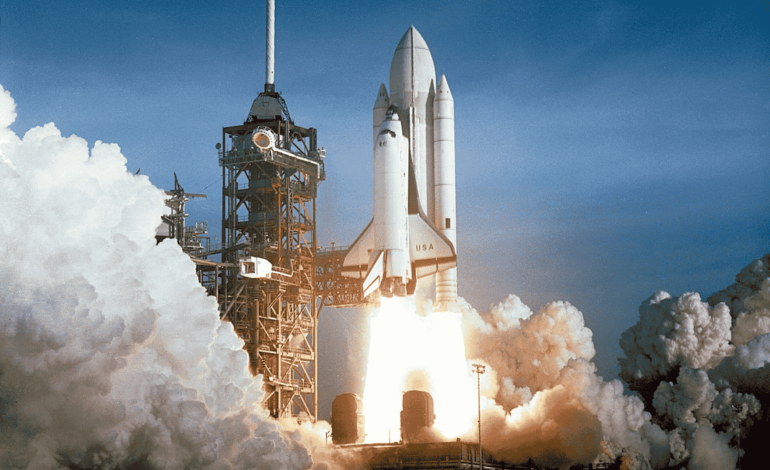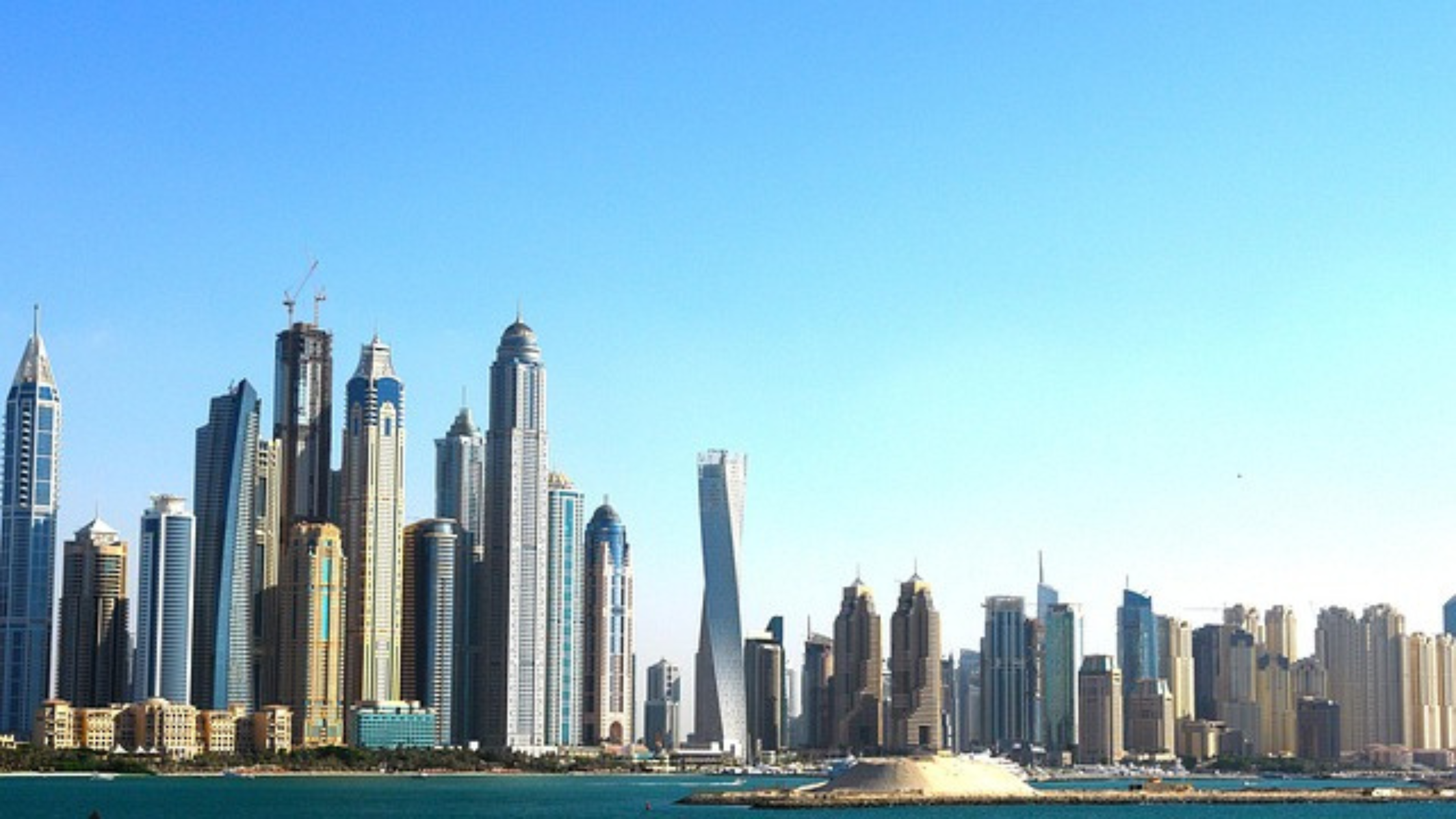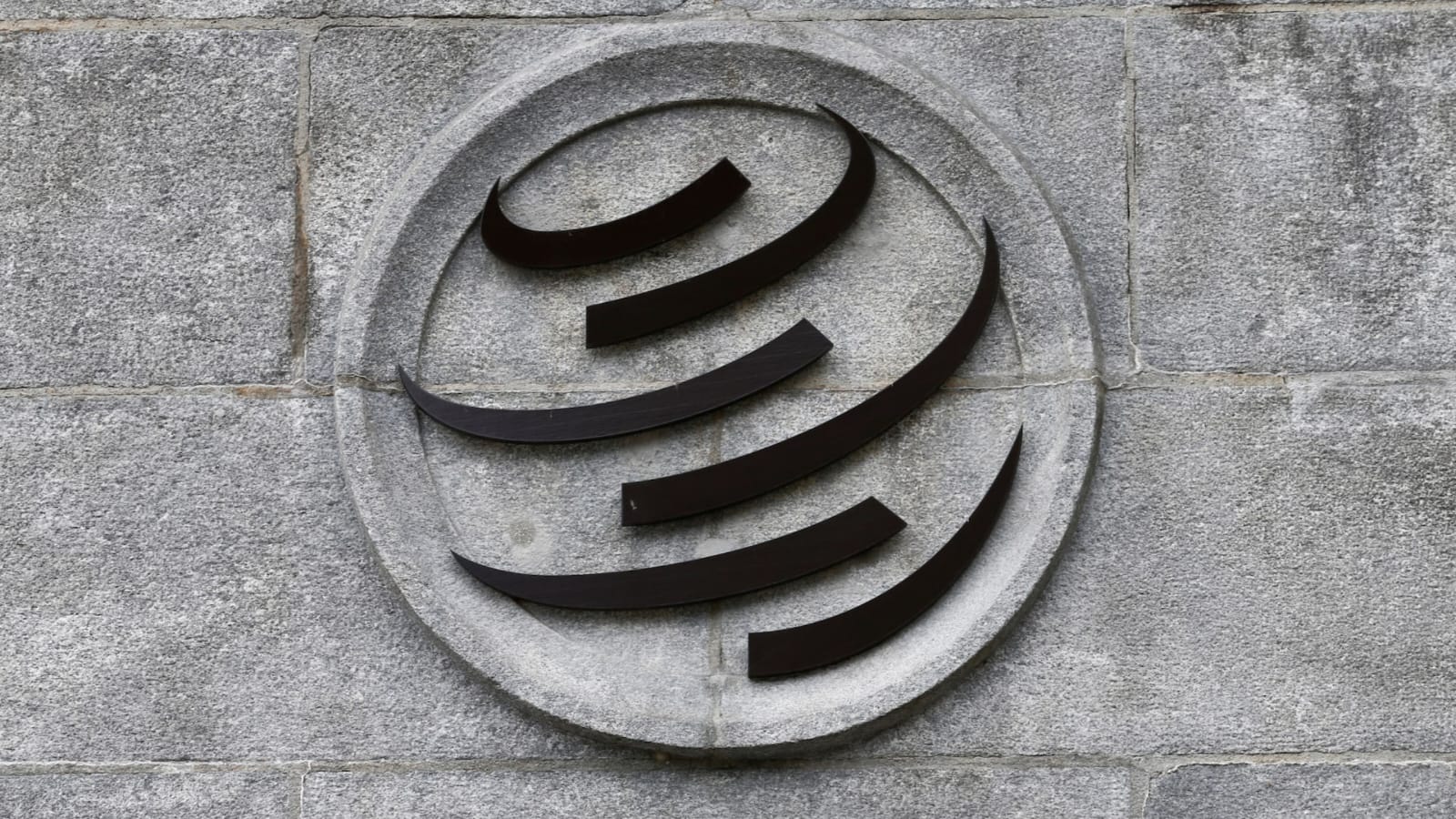UAE’s Youth-Led Space Vision Fuels Global Innovation

The United Arab Emirates has emerged as one of the most dynamic players in space exploration, driven by a national vision that empowers young minds, invests in education, and harnesses the skills of a qualified Emirati workforce. As the world prepares to mark the anniversary of the first human spaceflight—a milestone that forever changed humanity’s relationship with space—the UAE reflects on its own journey, accomplishments, and future aspirations in this boundless frontier. The country’s leadership, institutions, and emerging scientists continue to forge pathways in space science and innovation, pushing the envelope of what a relatively young nation can achieve in a highly competitive global space sector.
Historic Legacy Inspires New Generations
The anniversary of Yuri Gagarin’s landmark spaceflight on April 12, 1961, is not just a reminder of the pioneering days of space exploration but a significant point of reflection for the UAE. The legacy of the first human to venture beyond Earth’s atmosphere serves as an inspiration for Emiratis charting their own course in space. This historical context reinforces the UAE’s commitment to contributing meaningfully to the global space community while emphasizing the importance of knowledge transfer, heritage preservation, and international collaboration. The ambition to become a space-faring nation has evolved into a strategic national priority, rooted in a respect for past milestones and a determination to create new ones.
The UAE’s Growing Presence in Space Missions
The UAE’s space journey officially began with the establishment of the Emirates Institution for Advanced Science and Technology (EIAST) in 2006, which later evolved into the Mohammed Bin Rashid Space Centre (MBRSC). This institutional framework paved the way for homegrown scientific capabilities, leading to milestones such as the launch of the UAE’s first Earth observation satellites and, more recently, the Emirates Mars Mission, also known as the Hope Probe. Launched in July 2020 and arriving at Mars in February 2021, the Hope Probe made the UAE the first Arab country and the fifth globally to reach Mars. The mission’s success marked a significant step not only for the country but also for the broader Arab region.
This achievement resonated deeply within the UAE’s educational system and national psyche, inspiring a wave of interest in science, technology, engineering, and mathematics (STEM). The focus shifted from merely importing technology to developing indigenous knowledge and capabilities, empowering the youth to dream of careers in aerospace engineering, astrophysics, and planetary science.
National Workforce as a Catalyst for Innovation
At the heart of the UAE’s space program lies a commitment to cultivating a competent and innovative national workforce. Through scholarship programs, academic partnerships, and technical training, Emiratis have been empowered to take leading roles in the country’s ambitious space agenda. The UAE Space Agency, in collaboration with MBRSC and local universities, has played a crucial role in shaping educational curricula and research opportunities tailored to the needs of the space sector.
The emergence of a skilled national workforce has enabled the UAE to pursue increasingly complex projects, from lunar missions to satellite constellations. Emirati engineers and scientists are now leading design, fabrication, and operational processes for space assets, reducing dependency on external contractors and ensuring a sustainable model for space development. Women have played a particularly significant role in the UAE’s space story, making up a considerable proportion of the workforce at the MBRSC and in related academic institutions.
Youth Engagement and the Role of Education
Recognizing that today’s students are tomorrow’s astronauts, engineers, and mission planners, the UAE has strategically invested in educational initiatives aimed at cultivating interest in space from a young age. Schools across the country now include modules on space science, while universities have established degree programs in aerospace engineering and space systems. Students are encouraged to participate in international science fairs, research competitions, and internships at space agencies abroad.
One of the key pillars of youth engagement is the “UAE Astronaut Programme,” launched in 2017, which has already produced two astronauts—Hazzaa Al Mansoori and Sultan Al Neyadi. Their missions to the International Space Station (ISS) have not only made headlines but also captured the imagination of young Emiratis. Classroom sessions led by astronauts, interactive exhibitions, and national campaigns celebrating these missions have become a powerful tool in building public enthusiasm and awareness about space exploration.
The Astronaut Experience and National Pride
Hazzaa Al Mansoori made history in 2019 when he became the first Emirati to travel to space, participating in an eight-day mission aboard the ISS. His journey was more than a personal achievement—it was a symbolic milestone for a nation that has consistently aimed high. Al Mansoori’s mission brought space exploration into everyday conversations, classrooms, and media, transforming an abstract concept into a tangible reality for millions.
Following this, Sultan Al Neyadi’s participation in a six-month mission to the ISS in 2023 further cemented the UAE’s position in human spaceflight. His involvement in scientific experiments and outreach programs while on board highlighted the country’s ability to contribute meaningfully to global research efforts. These missions underscore the UAE’s commitment to international cooperation in space, with both astronauts receiving extensive training in the US, Russia, and Europe, and participating in joint scientific initiatives.
Space Policy, Governance, and International Collaboration
The UAE’s space strategy is underpinned by a strong regulatory and governance framework. The country’s National Space Strategy 2030 outlines a comprehensive roadmap for the development of an integrated and sustainable space sector. This policy framework emphasizes peaceful use of outer space, international cooperation, and the development of local capabilities.
Strategic partnerships with agencies such as NASA, Roscosmos, ESA, and JAXA have opened up new avenues for collaboration, training, and joint missions. The UAE has also become a signatory of the Artemis Accords, reinforcing its commitment to transparency, peaceful exploration, and international best practices. These alliances have helped position the UAE as a trusted global partner in space exploration and research.
Future Ambitions: The Moon and Beyond
As it builds on the legacy of past achievements, the UAE has set its sights on even more ambitious goals. One of the most anticipated projects is the Emirates Lunar Mission, which involves the launch of the Rashid Rover, the first Emirati-made lunar rover. Originally scheduled for launch aboard a Japanese lander in partnership with ispace, the mission marks the UAE’s first attempt at exploring another celestial body beyond Mars.
Beyond the Moon, the UAE’s long-term goals include building a space settlement on Mars by 2117—a visionary initiative announced in 2017 under the “Mars 2117 Project.” While the timeline is ambitious, the program is designed to advance critical technologies such as artificial habitats, interplanetary travel, and sustainable life-support systems. The Mars Science City, a prototype habitat being built in the desert outside Dubai, is already under construction to simulate living conditions on the Red Planet and test necessary technologies.
Private Sector Engagement and Emerging Startups
In parallel with public sector initiatives, the UAE has been fostering a robust space ecosystem that includes private companies, startups, and academic research hubs. The government offers grants, incubators, and funding opportunities for space startups focused on satellite services, data analytics, and robotics. Organizations like Yahsat, Thuraya, and Al Yah Satellite Communications Company are already established players in satellite communications, and newer startups are emerging to fill innovation niches in Earth observation, launch systems, and space logistics.
This growing private sector participation is critical for the long-term sustainability of the UAE’s space ambitions. By encouraging entrepreneurship and technological innovation, the country is creating an ecosystem that can support both commercial space ventures and national strategic projects.
Commemorating Milestones While Advancing Innovation
As the UAE prepares to commemorate the anniversary of the first human spaceflight, it does so not only in remembrance of global history but as a celebration of its own contributions to space science and technology. Events marking the occasion are expected to include public lectures, educational workshops, astronaut talks, and exhibitions that explore both past achievements and future possibilities. These initiatives are aimed at further embedding space science into the national consciousness, ensuring that the momentum of the past decade continues to inspire future generations.
The narrative of the UAE’s space journey is no longer one of aspiration—it is one of action. The nation stands as a testament to what focused leadership, a motivated youth, and a skilled national workforce can achieve, even in the most challenging and competitive arenas of science and exploration. The countdown to new frontiers continues, guided by a bold vision and unwavering determination.








2 Comments
[…] across the United Arab Emirates are facing a rise in fuel prices this July, according to the latest monthly announcement from the […]
[…] training supports the UAE’s National Space Strategy 2030. The strategy focuses on building national talent that can carry out all parts of a space […]
Comments are closed.